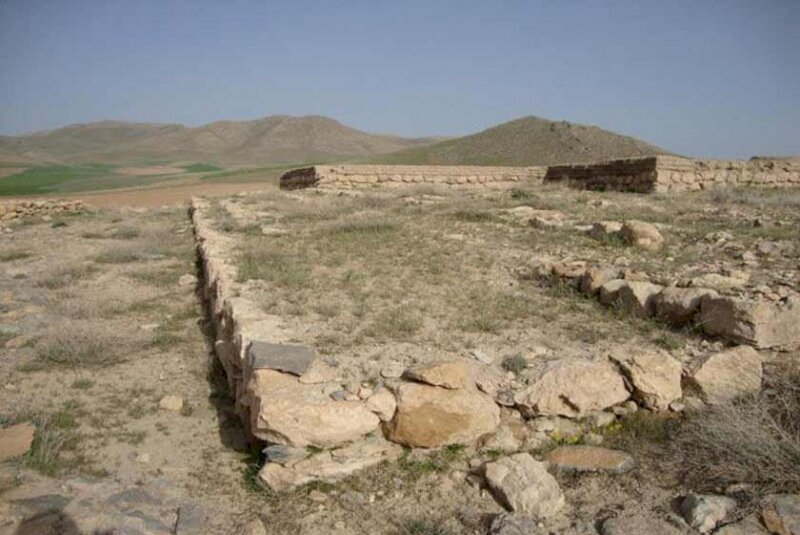Attention devoted to revive archaeological hill in northwest Iran

TEHRAN – A restoration project is scheduled to commence on Tepe Qalaichi to help revive the archaeological hill, which is situated in Bukan, West Azarbaijan province, the provincial tourism chief has said.
A budget of two billion rials ($47,000 at the official exchange rate of 42,000 rials per dollar) is needed to be allocated to the project, Jalil Jabbari announced on Sunday.
Bukan’s Municipality has announced readiness for collaborating in the project, the official added.
Back in December, a total of 49 glazed bricks attributed to the Qalaichi archaeological site that had been looted and smuggled out of Iran some four decades ago, were returned home with the aid of Swiss officials.
“49 pieces of glazed bricks, which were smuggled out of Iran on the advent of the Islamic Revolution, were recuperated with a lot of efforts made by the cultural heritage ministry, and the ministry of foreign affairs,” according to Ali-Asghar Mounesan, the minister of Cultural Heritage, Tourism and Handicrafts.
“The cultural heritage ministry in close collaboration with the ministry of foreign affairs, filed a lawsuit… as it presented relevant documents and evidence to the competent international authorities. And ultimately, the historical objects were returned to the country after years of follow-up,” the official explained.
Situated about nine air km north-west of Bukan in West Azarbaijan province, Qalaichi (or Ghalay-chi) is an ancient settlement that so far yielded a large number of glazed objects. Some of which are monochrome and the others show complex compositions. The glazed objects from the regular excavations were curated in Urmia Museum and Tehran National Museum.
The artifacts are connected to the Mannai civilization, which was once flourished in northwestern Iran in the 1st millennium BC. Mannai, also spelled Manna, was an ancient country surrounded by three major powers of the time namely Assyria, Urartu, and Media.
According to the Encyclopedia Britannica, the Mannaeans are first recorded in the annals of the Assyrian king Shalmaneser III (reigned 858–824 BC) and are last mentioned in Urartu by Rusa II (reigned 685–645 BC) and in Assyria by Esarhaddon (reigned 680–669 BC). With the intrusion of the Scythians and the rise of the Medes in the 7th century, the Manneans lost their identity and were subsumed under the term Medes.
ABU/AFM
Leave a Comment